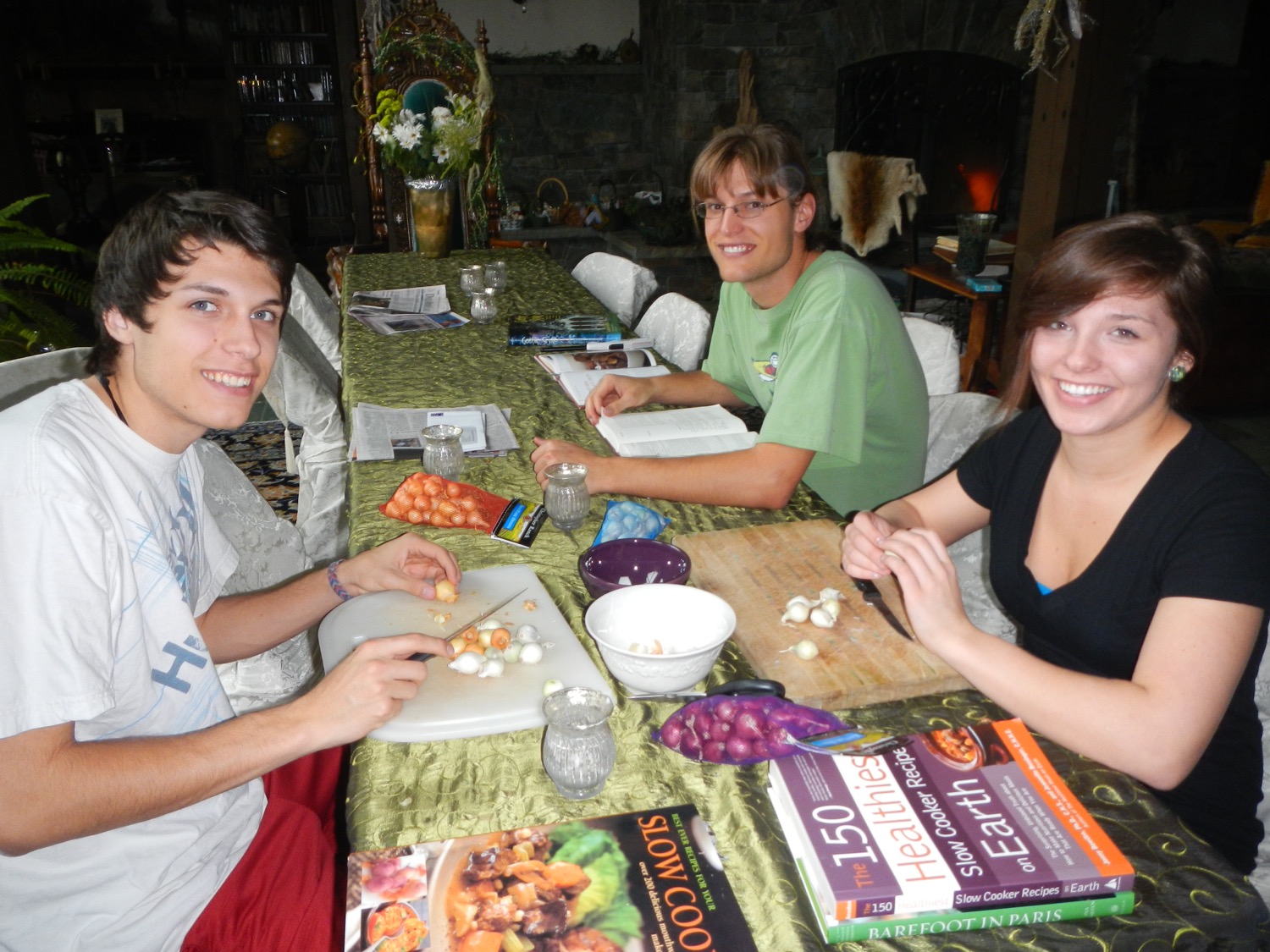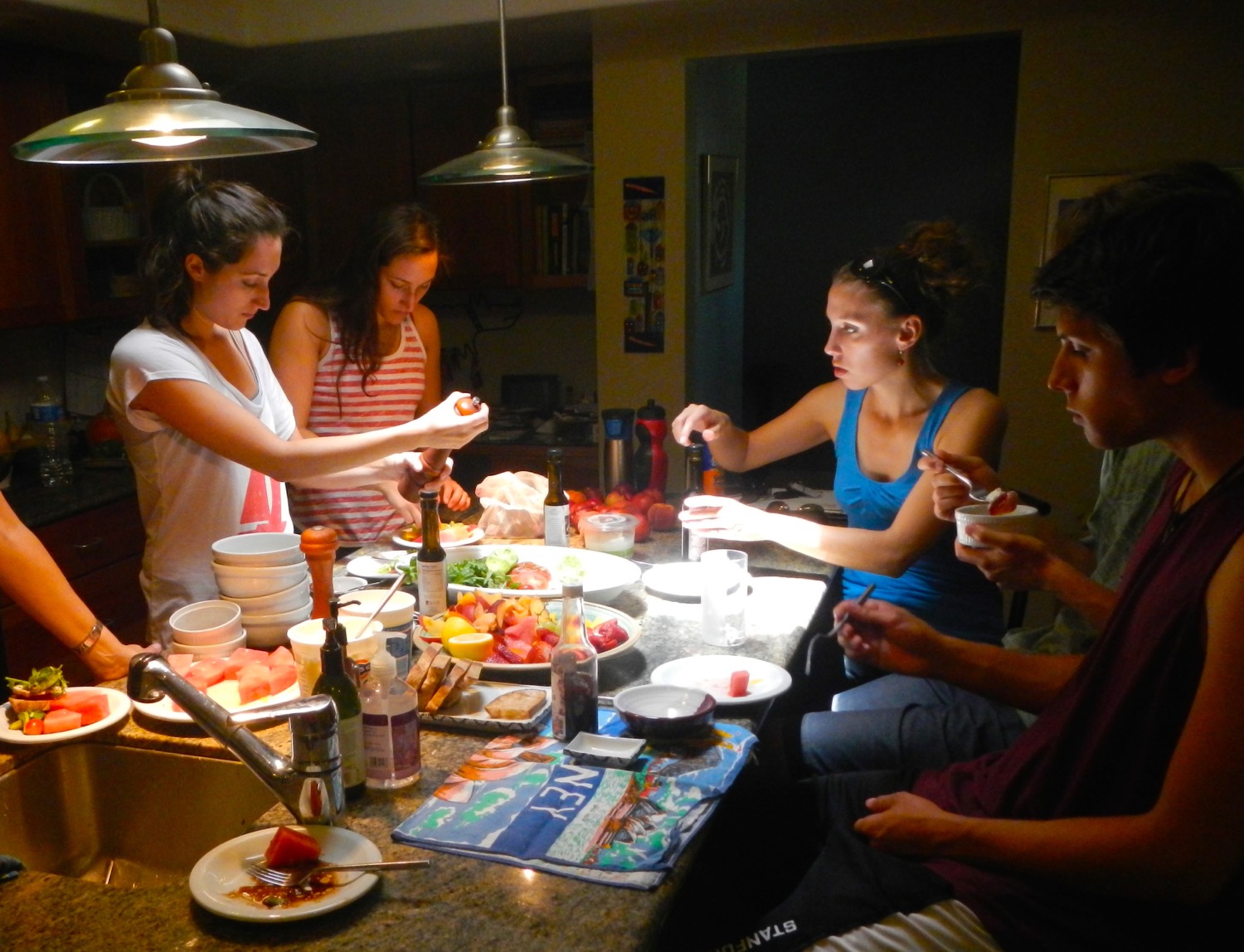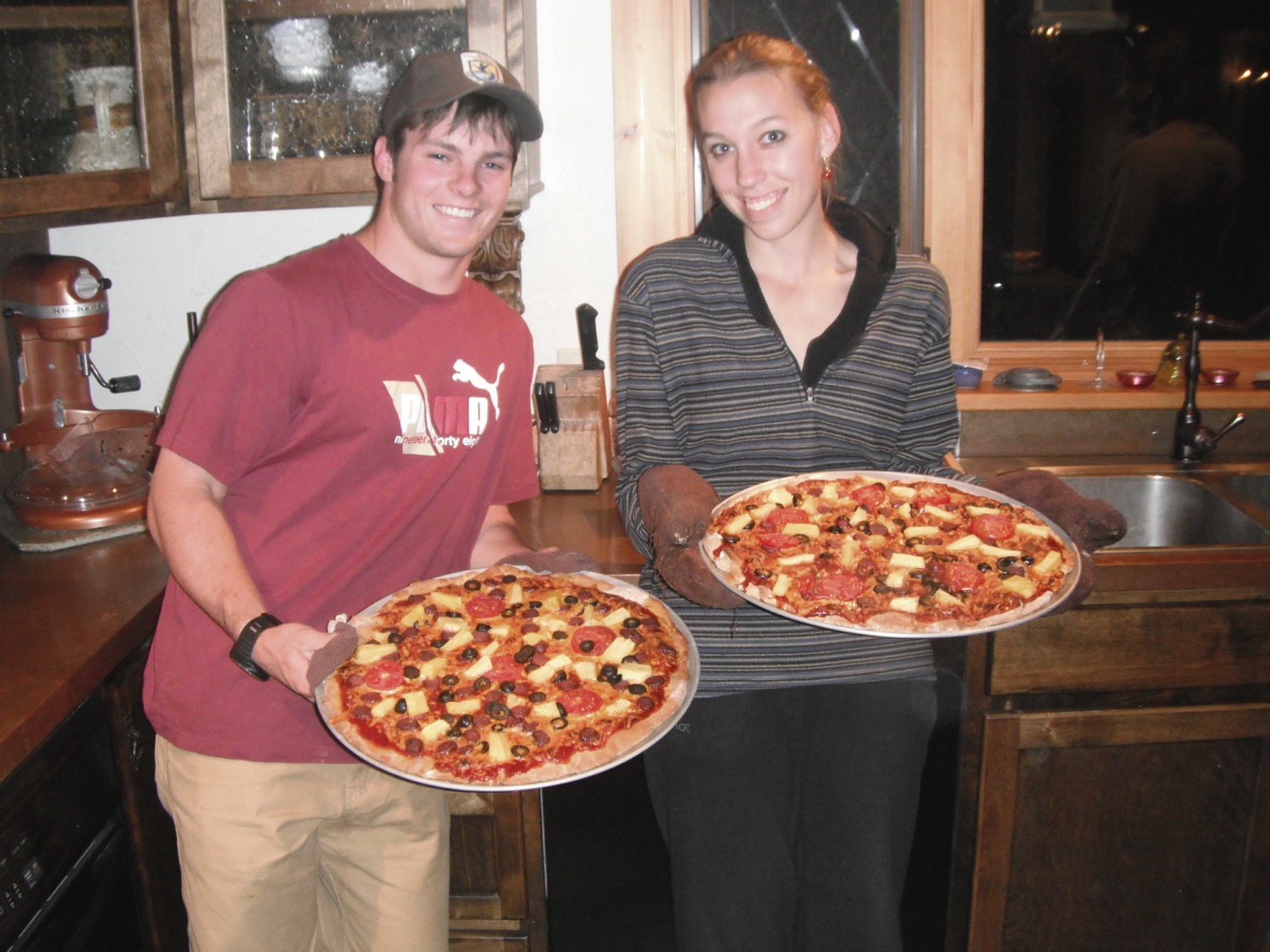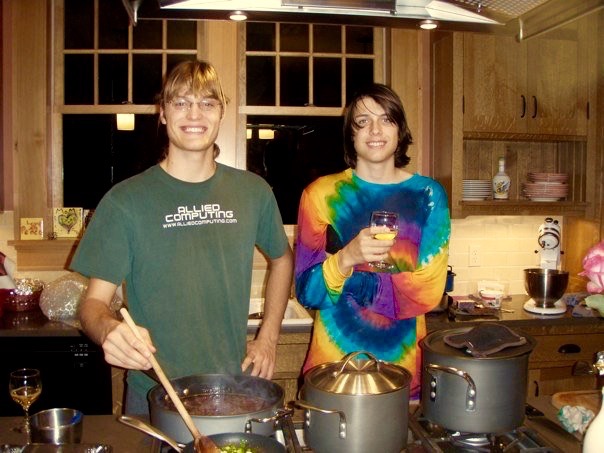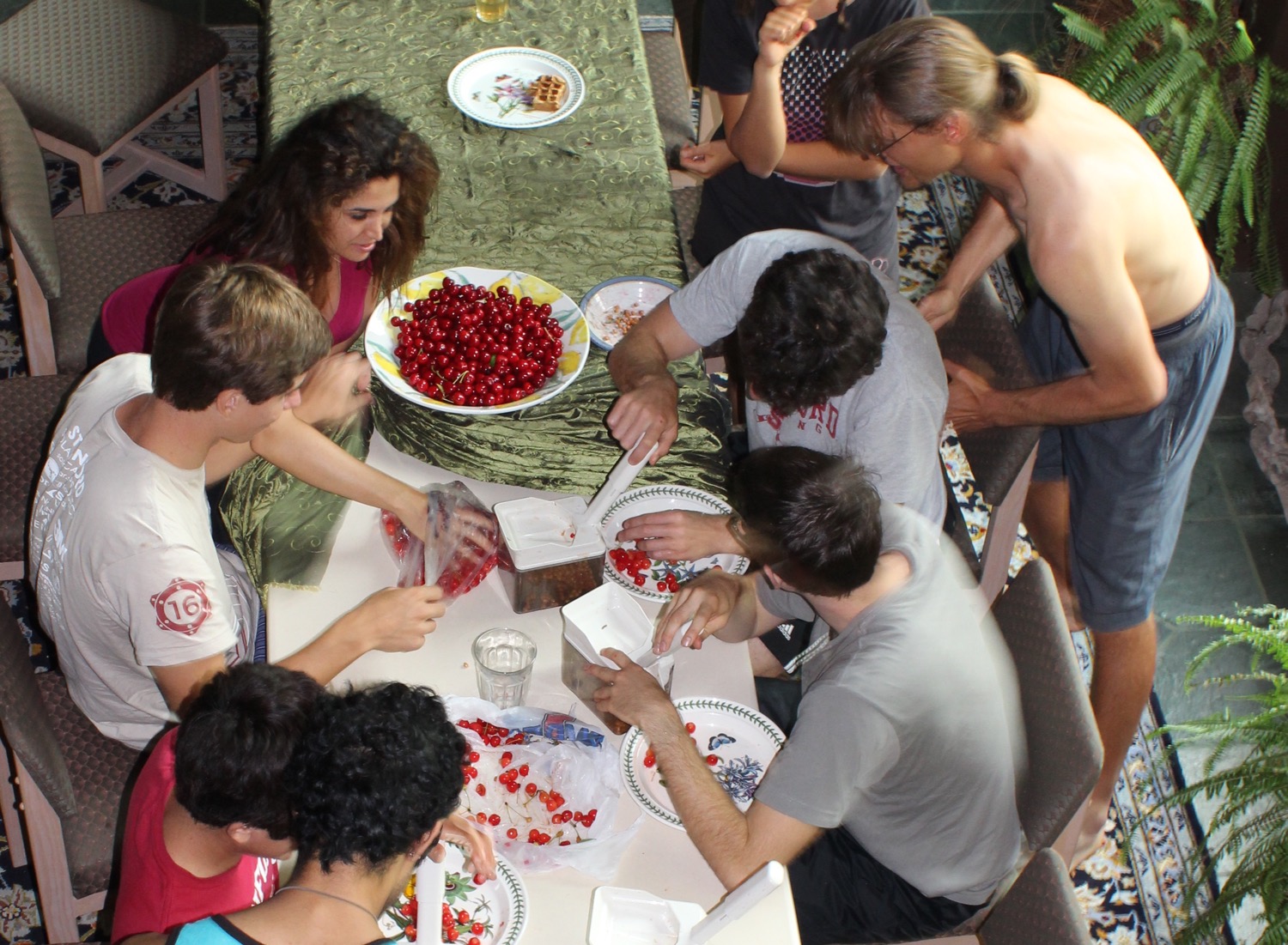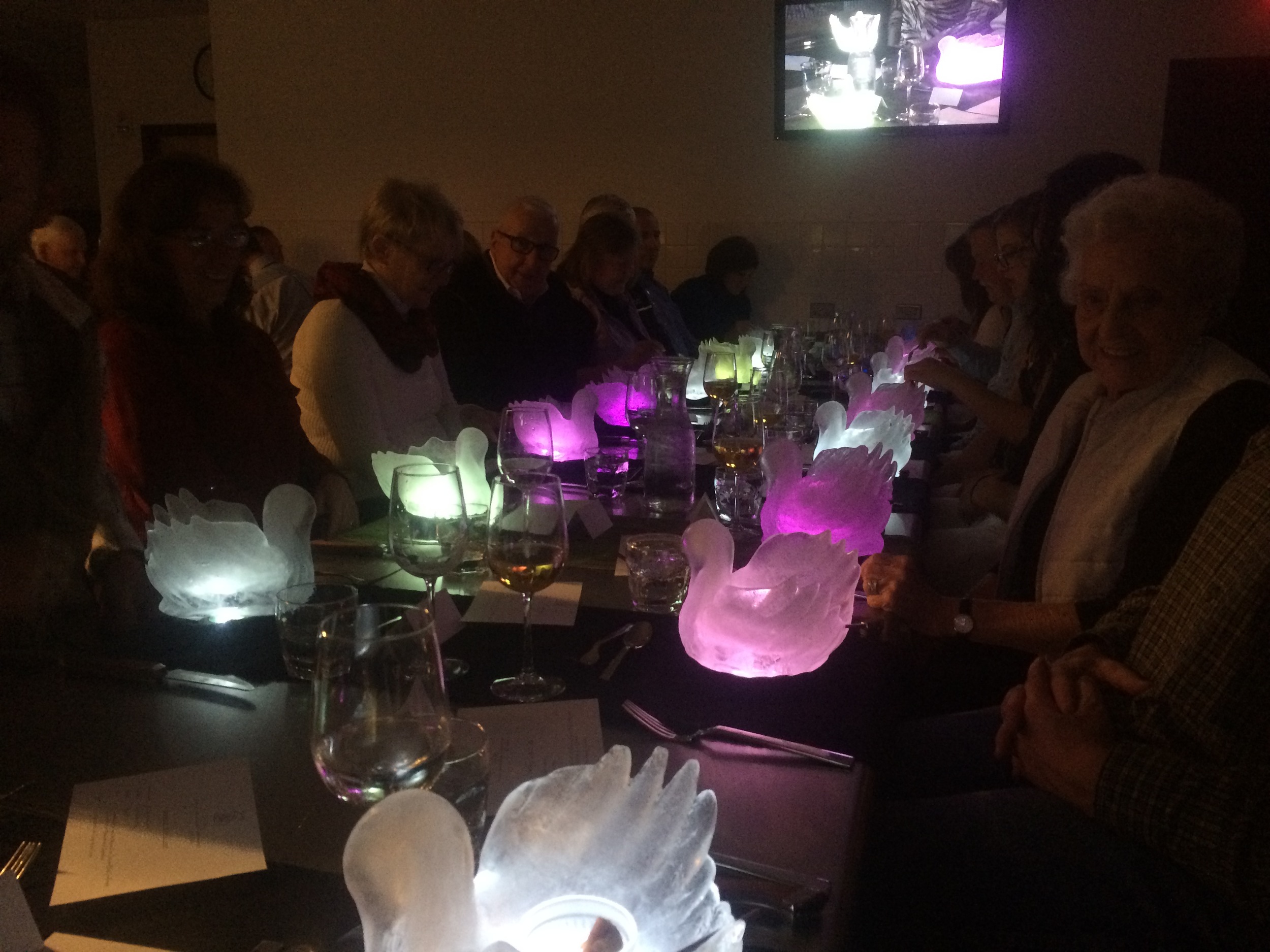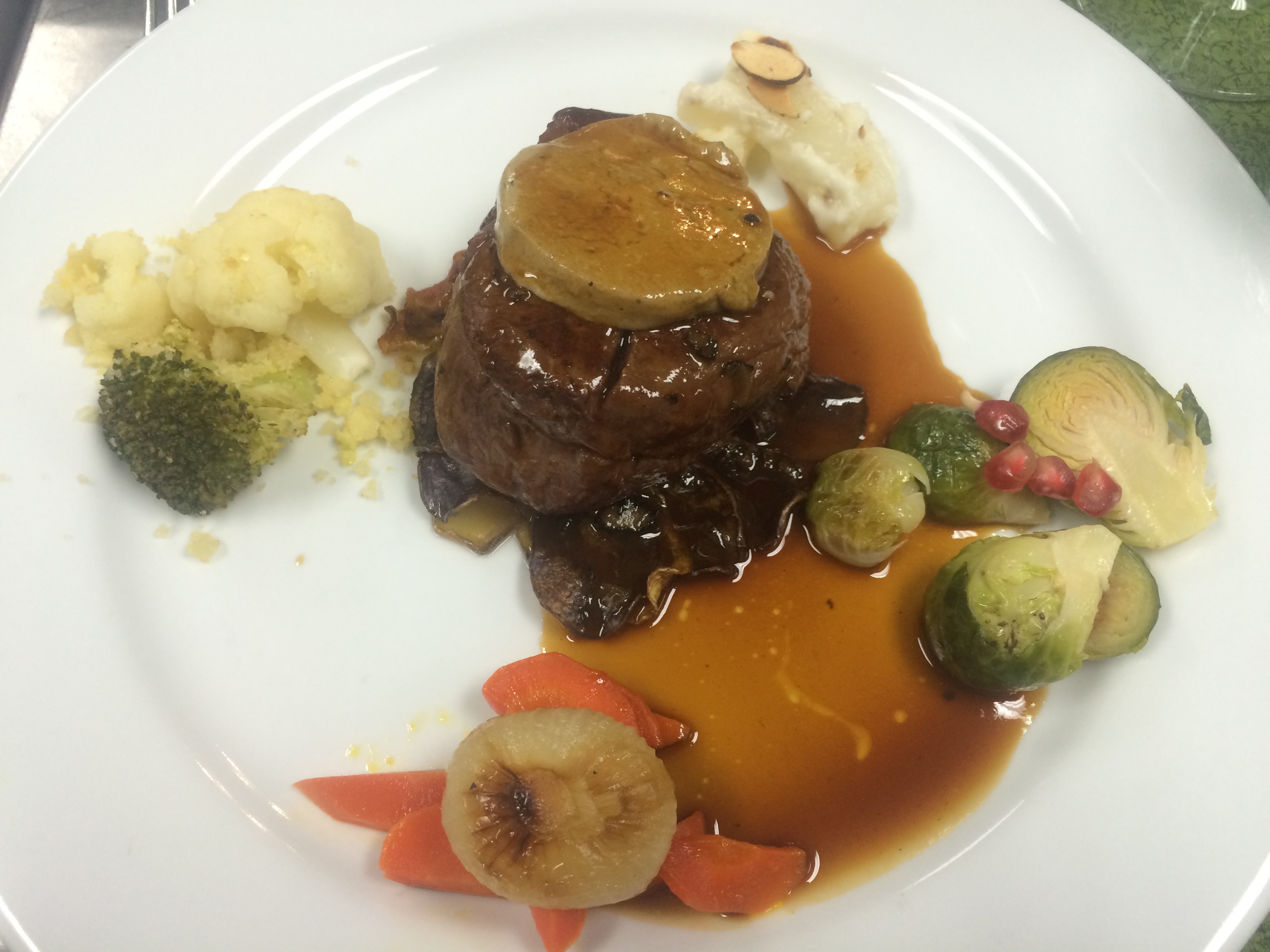Did you know the in the Middle Ages, bathing was considered unhealthy? Indeed, they were not called the Dark Ages for nothing.
Bathing has had a long history, dating back to ancient India, where it was done more than once per day for ritual reasons. Elsewhere in the ancient world, Greece developed the ritual of bathing into a way of life, where it was integrated with the tradition of athletics and the life of the the gymnasium. Roman baths are famous as a social institution, where gossip and politics took place amidst the steam and the towels. Later as Christianity took hold, public baths went out of favor as being immoral, since they were associated with debauchery and hedonism. Bathing itself fell out of favor during the time of the plagues, as Medieval physicians felt it opened the pores and let in disease. Farther north, the Nordic people maintained a tradition of saunas, and unlike the other public bathing environments around the world, theirs bore no association with immorality or disease.
During these dark times others kept the practice of bathing alive. European explorers marveled at the cleanliness of the Mesoamerican people. Across the sea, Japan had a rich bathing culture, using rock pools, furnace baths, and heated rocks with seawater to make steam. In later years the Japanese would refine the art of the public and the private bath, requiring separate cleansing beforehand, then a clean soak to establish tranquility before family dinner time.
Today we use baths for cleanliness, relaxation and therapy. It is a simple intervention with pleasant results. With only a few precautions, baths are a great strategy. The precautions are these:
Pregnant women in the first trimester should not take hot baths. This is because there is an association between elevation of core body temperature with failure of the neural tube to close, and conditions like spina bifida.
No bath should be very hot, since this increases risk of heart attack and fainting in the susceptible. Very hot baths also dry the skin and can precipitate headaches.
Bathing in warm plain water is best. However a tiny bit of scented essential oil or salt may be used. Bubble baths are hard on our tissues as is the use of soap, which should be restricted to the shower only for truly dirty or greasy skin, and never the perineum. The face should be cleansed twice a day with cleanser, not soap, and should be moisturized before fully dry.
Enjoy bathing as a stress reliever. As Sylvia Path once said,
"There must be quite a few things that a hot bath won't cure, but I don't know many of them."
References:
http://www.history.org/foundation/journal/autumn00/bathe.cfm
http://www.brainyquote.com/quotes/quotes/s/sylviaplat107968.html
https://www.aad.org/dermatology-a-to-z/for-kids/about-skin/taking-care-of-your-skin/washing










